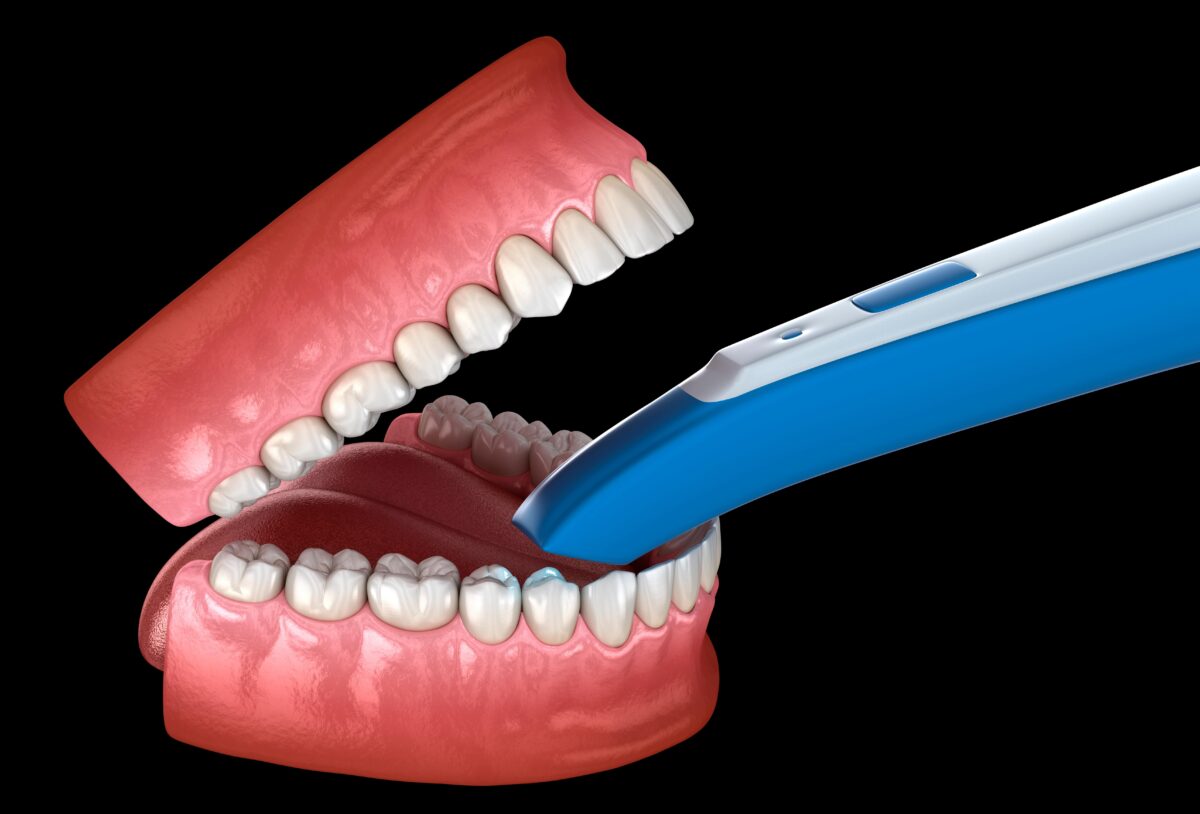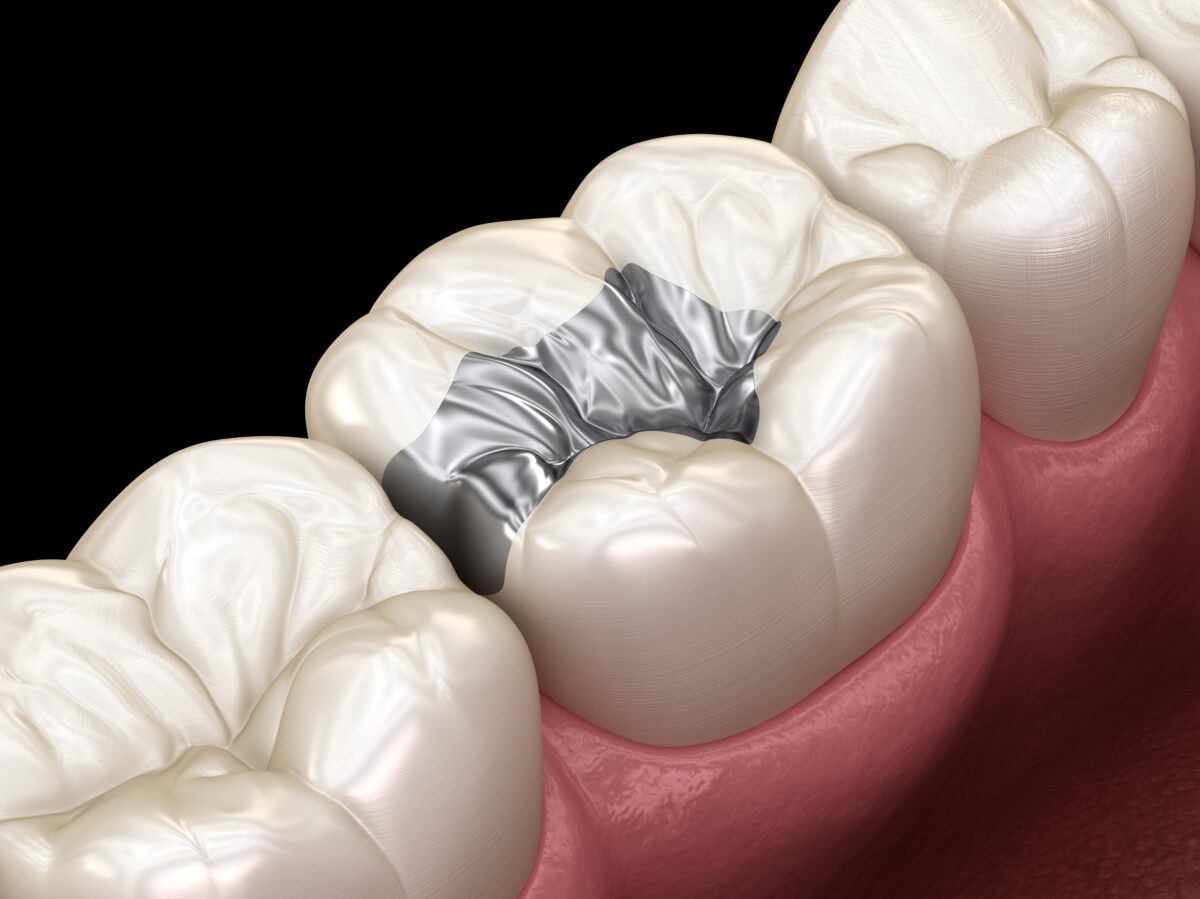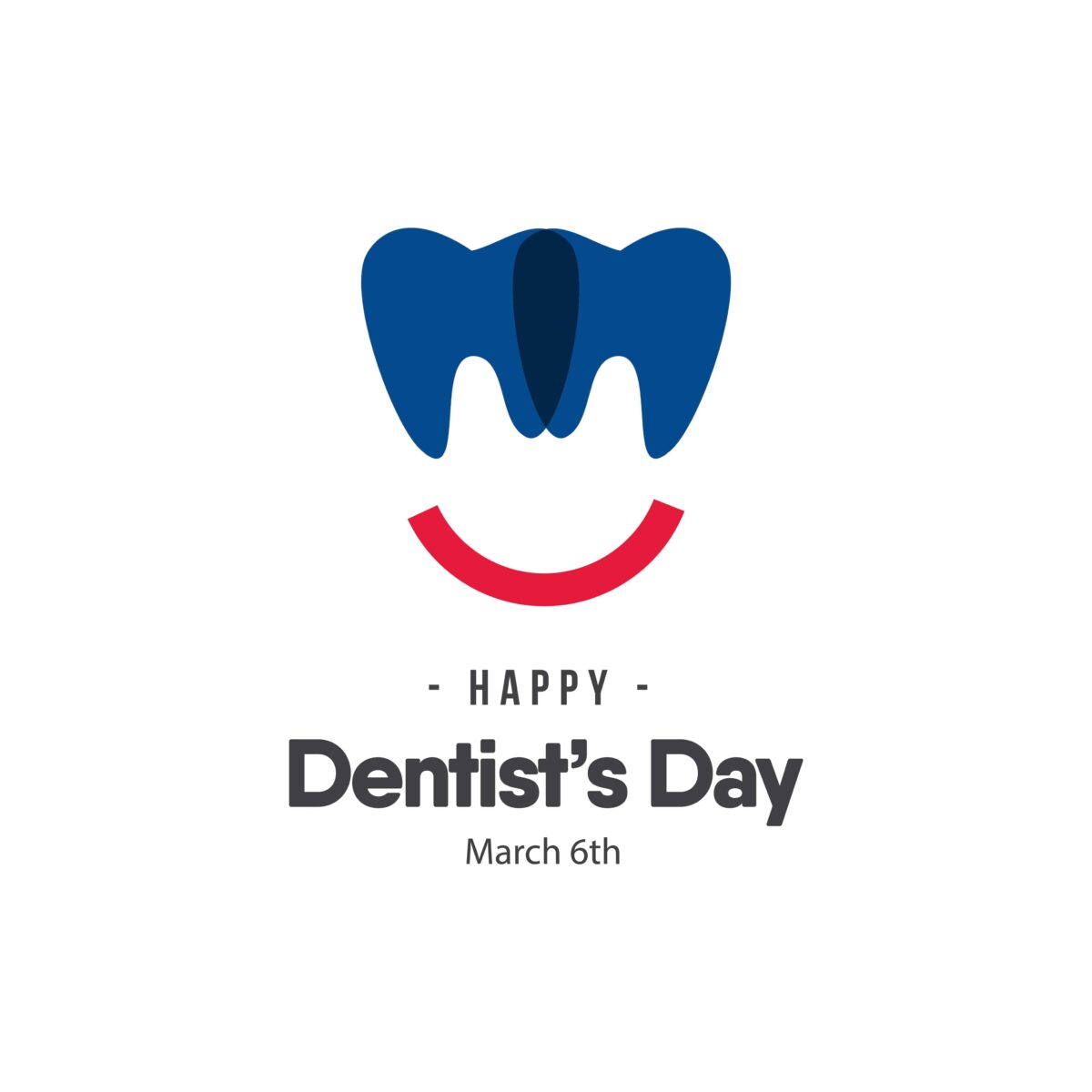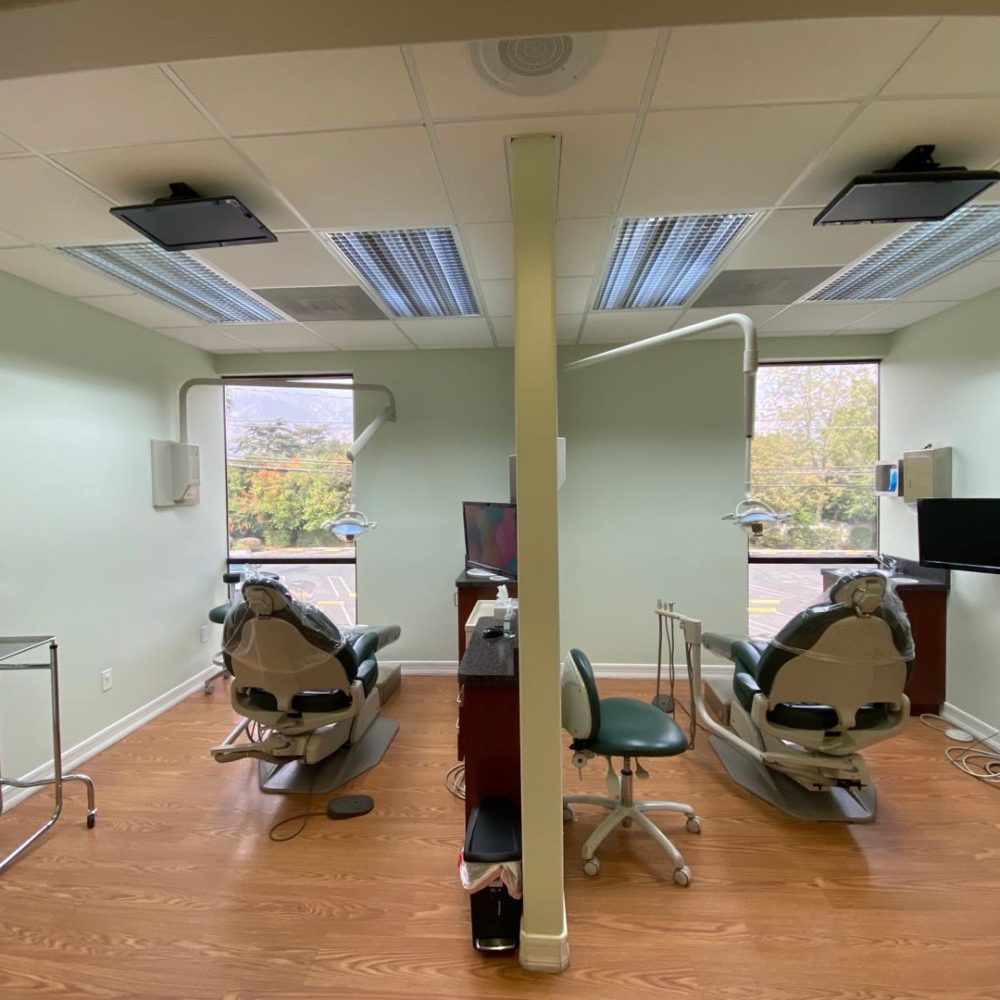If you are missing one or more teeth, you may be considering dental implants as a replacement. Dental implants are the most natural-looking, longest-lasting option for tooth replacement available today. But how many dental implants do you need? That depends on three factors: the number of teeth being replaced, the type of restoration being used, and the amount of bone. In this blog post, we will discuss each of those factors in detail and help you determine how many dental implants you need.
What are Dental Implants?
Dental implants are titanium posts that are surgically placed in the jawbone to serve as anchors for artificial teeth. They are a permanent, stable solution for tooth loss and can be used to support one or more false teeth (called a restoration). Dental implants look, feel, and function like natural teeth and can last a lifetime with proper care.
Dental Implants are placed in the jawbone through a surgical procedure. The first step is to make an incision in the gum tissue and then place the implant into the bone. Next, a healing abutment is placed on top of the implant. Finally, the dental prosthetic (crown, bridge, or denture) is placed on top of the abutment.
How many dental implants do I need?
When it comes to determining how many dental implants are needed to replace missing teeth, there are three main factors that need to be considered:
The Number of Teeth Being Replaced
The first factor that will affect the number of dental implants you need is the number of teeth being replaced. If you are missing one tooth, you will need one implant and one crown. If you are missing multiple teeth that are not located near each other, then you may require multiple implants and multiple crowns.
If you are missing multiple teeth that are next to one another, then you may be able to have a bridge or denture supported by two or more implants.
The Type of Restoration Being Used
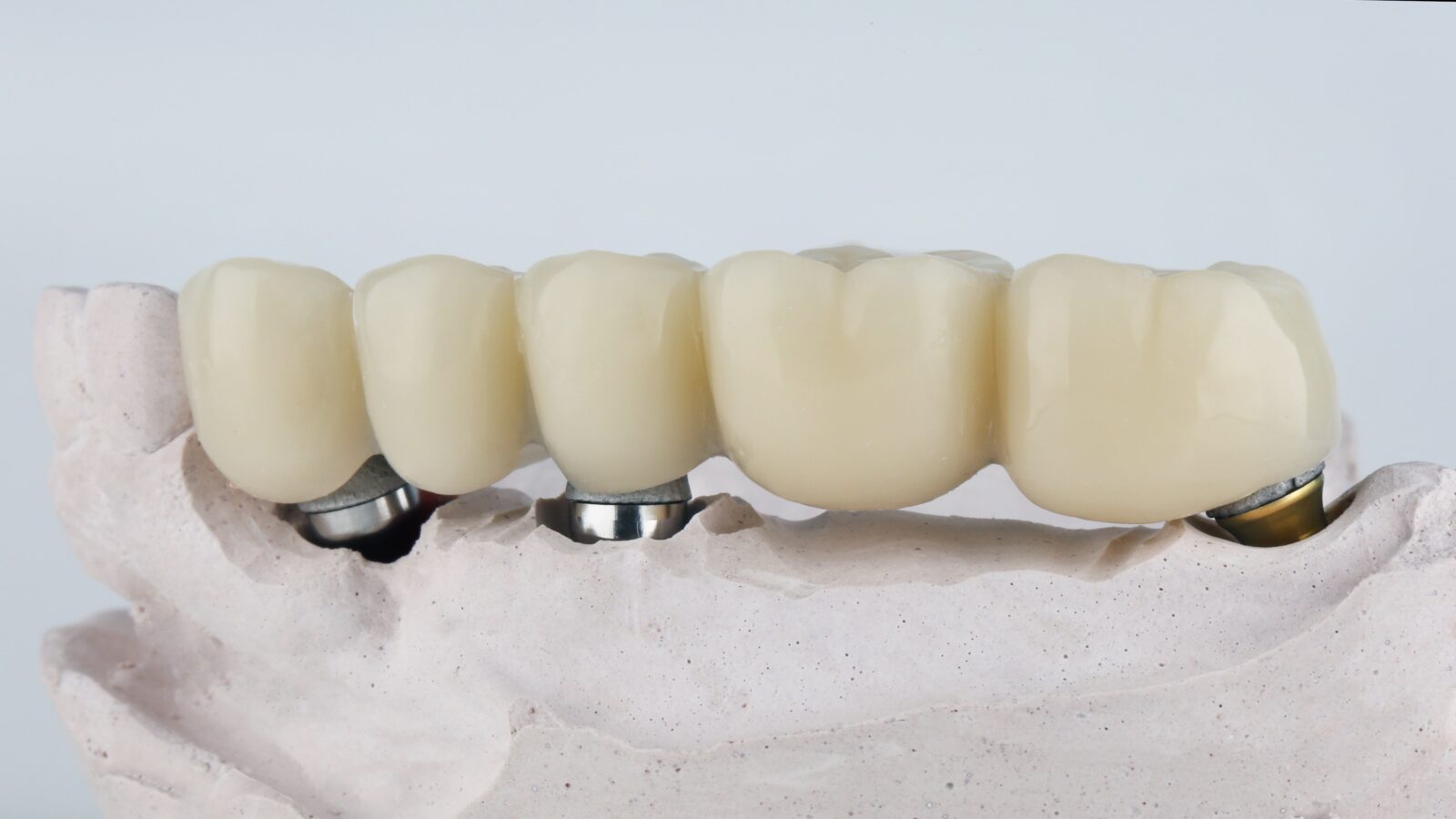
The second factor that will affect the number of dental implants you need is the type of restoration being used. A crown is a single tooth replacement and is usually supported by one implant. A bridge is two or more connected teeth replacements and is usually supported by two implants. However, some longer dental bridges may require a third implant to provide extra support. A denture is a full set of teeth replacements and can be supported by as few as four implants or as many as ten implants.
The Amount of Bone Mass
The third factor that will affect the number of dental implants you need is the amount of bone. If you have less bone, you may need more implants to provide support. In some cases, you may also require special types of dental implants, such as mini dental implants (MDIs).
In Conclusion
In this blog post, we have discussed the three main factors that will affect the number of dental implants you need. Now that you know the three factors that affect how many dental implants you need, you can start to get an idea of what your treatment may entail. If you have any questions or would like to learn more, contact our office and we would be happy to help!
